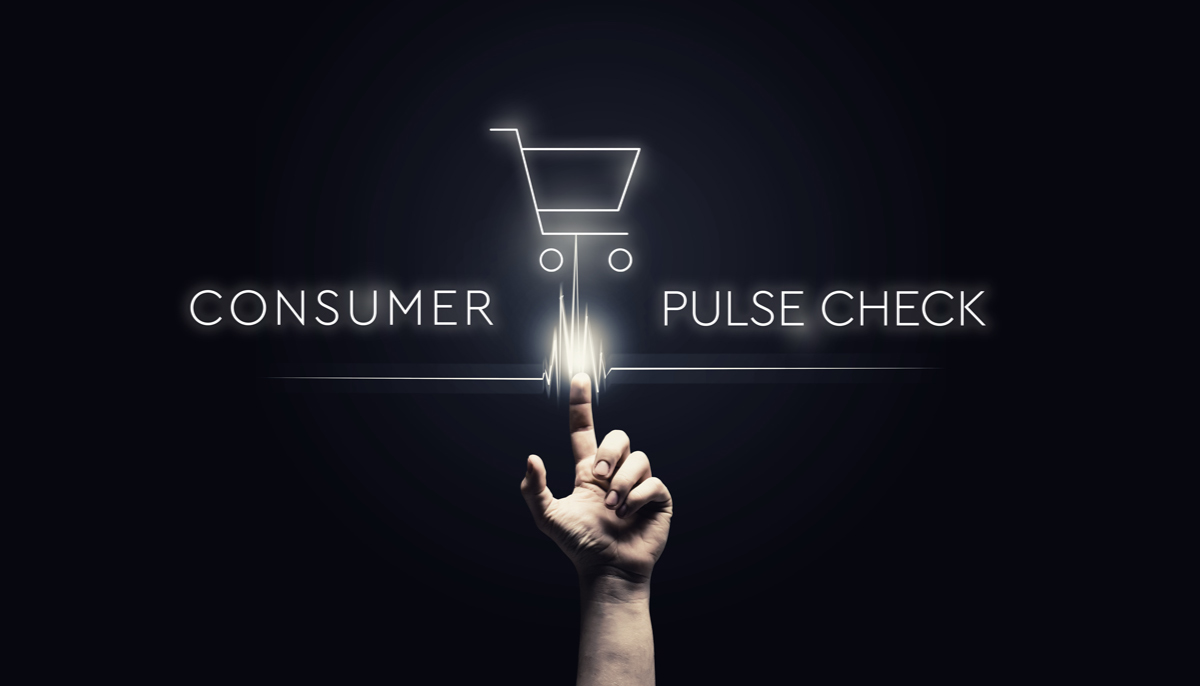
Green with Envy: Setting Sustainable eCommerce Brands Apart
Sustainability remains high on the priority list for eCommerce for 2021. Brands and retailers need to determine their chosen strategies to remain commercially competitive, inspire interest and maintain customer loyalty.
Engagement with eCommerce retailers and brands has soared in popularity over the last year or so. With COVID-19 continuing to affect many areas of everyday life, brands need to continue implementing flexibility, adaptability, and sustainability across their operations to survive this prolonged period of uncertainty. With lockdowns and restrictions on shop-opening still in place, eCommerce retailers and brands need to look at setting themselves apart from competitors by devoting time to establishing sustainable practices – especially as the issue remains a top priority for a high number of consumers – particularly millennials, and younger demographics.
As the institution of the high street erodes, eCommerce brands need to equip themselves with the tools to navigate this change. With success, however, comes greater responsibility. Conversation is rife about how to operate sustainably – and how the challenges and opportunities that brands may face can largely run parallel to achieve the desired result. But what are they?
Care package
Packaging – and the amount and recyclability of it – remains high on the sustainability agenda. We have all, at one time or another, received a parcel that leaves much to the imagination in terms of the care taken to ensure its safe and intact arrival. If goods arrive properly packaged, they have a reduced chance of being returned as a result of items being sufficiently protected. Arriving in good order and in recyclable packaging, will go a long way to instilling consumer confidence in the brand; no replacement goods will need to be picked and no broken items will end up strewn around a landfill site. Ensuring packaging is the right size and shape for the goods inside also is vital to prevent waste – however, the balance and costs applied must be weighed to ensure removing excess packaging will itself not cause a problem to the protection of the contents within.
In the Nordics, reusable packaging is very much already in operation. As is customary in these traditionally forward-thinking populations, Finland and its RePack system are one of the leaders trailblazing the way. Providing packaging for online-bought items which can be posted back by a buyer to nationwide post boxes has offered an accessible, affordable and easy way to contribute to the circular economy.
Haste makes waste
With so many couriers and delivery companies catering for eCommerce brands nowadays, missing a delivery should be a thing of the past. Environmentally friendly shipping options (as well as those that are more cost-effective) feature heavily in the minds of eCommerce consumers these days. Alternative and more convenient locations can be arranged to eliminate wasted trips caused by multiple delivery attempts.
Of course, the challenge concerns brands having the technology and infrastructure available to organise a convenient drop-off. With consumer-friendly services easily available by smartphone apps such as MyHermes and UPS Access Point, enabling customers to change and update delivery times and locations, the sustainability challenge can be overcome with investment and increased planning.
Carbon theory
Brands also have the chance to become more aware about their carbon footprint. If you are seen to be operating ethically and more environmentally conscious, chances are the brand will continue to be engaged with. DHL and their CO2-neutral, GoGreen initiative, is a fantastic example of this. Carbon emissions caused by courier and delivery transport are calculated in line with ISO 14064, and then offset by DHL’s own climate projects in conjunction with the Kyoto Protocol (2005) – which set the first binding target values under international law for greenhouse gas emissions.
GoGreen and DHL also look to reducing electricity consumption in parcel centres, and the use of hybrid vehicles. Making the time to audit and document CO2-offsetting measures caused by shipping eCommerce goods, if a retailer or brand is in possession of CO2 certificates confirming their efforts to offset carbon emissions, can help finance and provide support to global climate and environmental protection programmes.
Figure it out
As increasingly more shoppers click to buy goods, the considerable amount of transactions occurring on eCommerce sites will generate “big data”. Analytics feature strongly in many areas of business operations and marketing today.
Although a modern challenge, this can be an opportunity for eCommerce retailers or brands wanting to move towards initiating sustainable practices. By tapping into customer preferences and trends and uncovering any masked issues that usually go undetected – ineffective processing methods, for instance – supply chains can be optimized so that the flow of goods and resaleable, returnable items are not lost along the way, or their potential and contribution to sustainability overlooked.
Sustainability, like solutions, can be tailored to your individual business model – and PFS offer a range of devices that can help optimize your brand.
Get in touch with us today to speak to our sustainable eCommerce brand experts!


